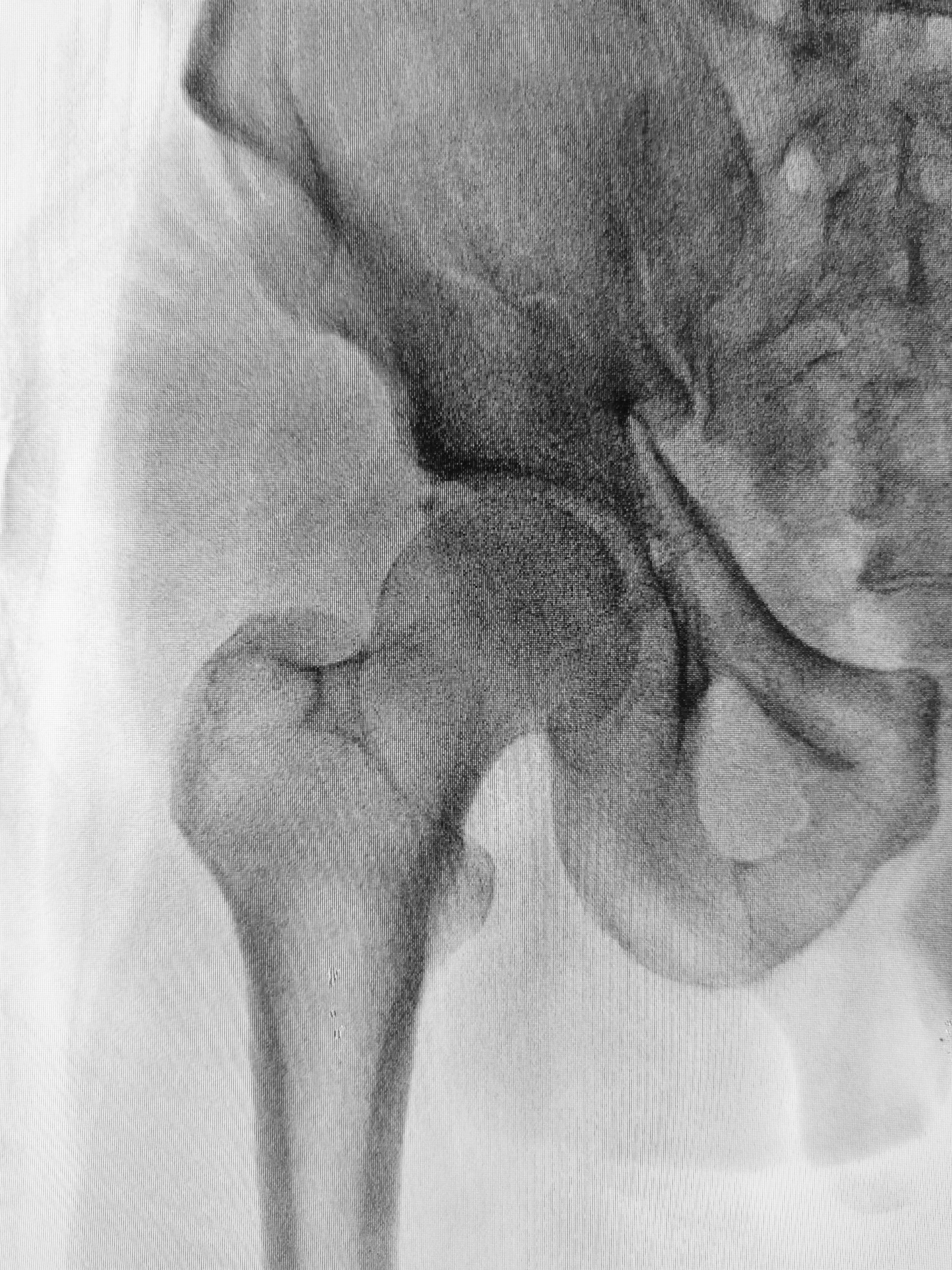nature communications 2021:
Post-myocardial infarction heart failure dysregulates the bone vascular niche
Clinicians and basic scientists from the Cardiology Department and Institute of Cardiovascular Regeneration described the response of the bone cell composition to myocardial infarction and provide a rationale for using anti-inflammatory therapies. The study was recently published in nature communications,
The vasculature of the skeletal system
Bone vasculature provides signals and protection necessary to control stem cell quiescence and renewal. Recent characterization of endothelial cells that form the vasculature in the murine bone led to the identification of at least two functional vessel subsets, based on their differential high (H) and low (L) expression of the molecules endomucin (EMCN) and CD31. Age-dependent decline of type H vessels is associated with bone dysregulation and accumulation of long-term hematopoietic stem cells (LT-HSC).

Interaction between heart and bone
Although the functional interaction between heart and bone is emerging as a trigger of post-infarction inflammation and progression of cardiovascular disease, the impact of ischemic myocardial injury and resulting heart failure on the vascular niche in the bone remains unknown. In this study, the authors demonstrate an age-independent loss of type H endothelium in heart failure after myocardial infarction in both mice and humans. Using single-cell RNA sequencing they showed increased expression of inflammatory genes, including IL1B and MYC, in ischemic heart failure. Endothelial-specific overexpression of MYC was sufficient to induce type H bone endothelial cell loss, whereas inhibition of NLRP3-dependent IL-1β production partially prevented the post-myocardial infarction loss of type H vasculature in mice.
Anti-Inflammatory therapy to prevent deterioration of the bone vascular niche.
This study shows that post-MI heart failure drives a loss of type H bone endothelium, which is associated with a pronounced inflammatory response and pyroptosis. This change appears to be dependent upon IL-1β and MYC signaling. Interestingly, anti-IL-1β treatment ameliorates the loss of type H vasculature in the bone after MI. This investigation provides a rationale for use of anti-inflammatory therapies to prevent the deterioration of the bone vascular niche.
The study was supported by the German Research Foundation, the German Center for Cardiovascular Research, Berlin, Germany, and the Dr. Rolf M. Schwiete Stiftung. The work was also supported by the European Research Council Consolidator Grant EMERGE (773047). The results of the study were published in the journal nature communications on25 June 2021.
Original publication: Hoffmann, J., Luxán, G., Abplanalp, W.T. et al. Post-myocardial infarction heart failure dysregulates the bone vascular niche. Nat Commun12, 3964 (2021). https://doi.org/10.1038/s41467-021-24045-4
